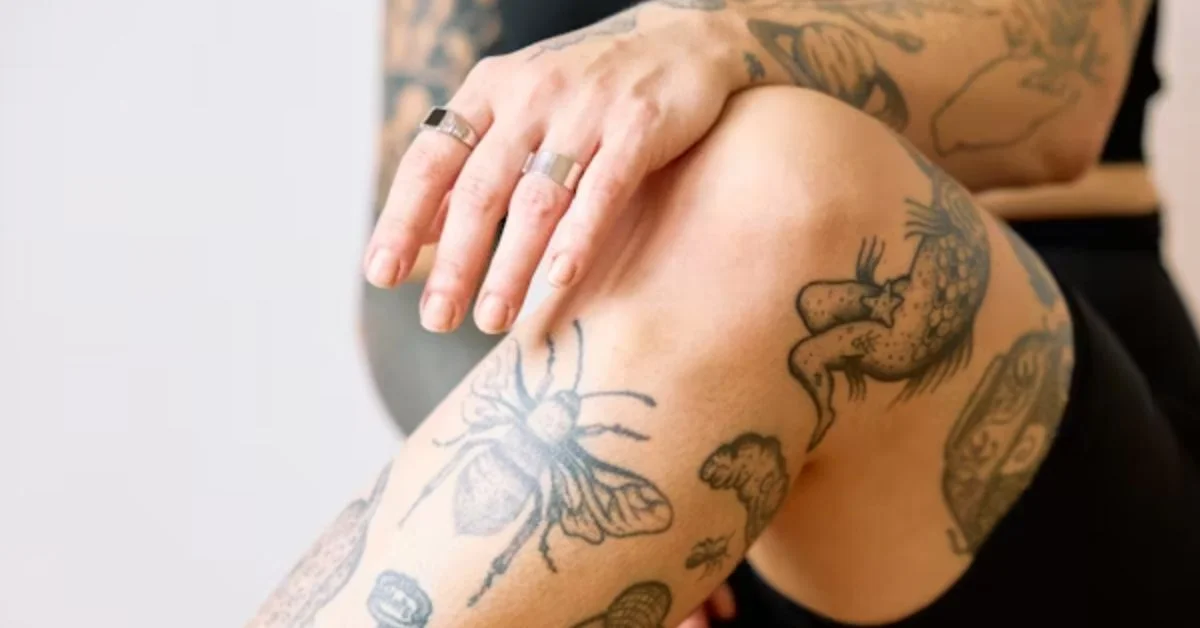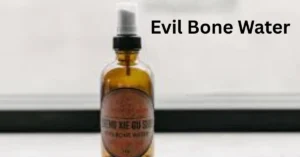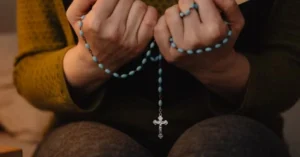Tattooing is one of the oldest forms of body art, practiced for thousands of years across diverse cultures. While tattoos are revered for their beauty, symbolism, and permanence, the process of getting inked is often associated with discomfort or outright pain. The buzzing needle, the repeated penetration of the skin, and the length of sessions can make tattooing a test of endurance. For many individuals, this pain becomes a barrier, preventing them from exploring self-expression through tattoos.
Enter painless tattoo numbing cream—a modern solution designed to reduce or even eliminate the discomfort of tattooing. These topical anesthetics temporarily desensitize the skin, allowing clients to enjoy the tattooing process without distraction from pain. Beyond providing relief, they also empower artists to work more efficiently, as clients are less likely to squirm, flinch, or request breaks.
This article offers an in-depth exploration of painless tattoo numbing cream, covering everything from how it works, the ingredients used, proper application, safety considerations, comparisons with alternative methods, and misconceptions. By the end, you will have a complete understanding of why numbing cream has become a trusted ally for both tattoo artists and enthusiasts.
The Need for Tattoo Numbing Cream
Tattooing involves puncturing the dermis layer of the skin repeatedly with fine needles to deposit pigment. The sensation ranges from mild discomfort to intense pain depending on factors like:
- Placement: Areas with thin skin or many nerve endings (ribs, feet, hands) hurt more.
- Size and Detail: Large, detailed tattoos require longer sessions.
- Individual Pain Threshold: Sensitivity varies significantly between individuals.
While some clients pride themselves on enduring pain, many simply want to enjoy the artistry without suffering. For first-timers, the anxiety about pain can be overwhelming. Numbing cream solves these problems by providing temporary relief and making the experience more approachable for all.
How Painless Tattoo Numbing Cream Works
Tattoo numbing creams work through the use of local anesthetics, substances that block nerve signals in the skin. When applied correctly, they reduce the brain’s ability to register pain during tattooing.
The key mechanism involves:
- Absorption through the skin: After application, the cream penetrates the epidermis and targets local nerve endings.
- Blocking sodium channels: The active ingredients prevent sodium from entering nerve cells, which is necessary for transmitting pain signals.
- Temporary effect: The numbing lasts for a limited period (usually 1–3 hours) before wearing off gradually.
Common Ingredients in Tattoo Numbing Cream
Different creams use slightly different formulas, but most contain variations of these active agents:
| Ingredient | Function | Typical Concentration |
|---|---|---|
| Lidocaine | Most common anesthetic; blocks nerve signals to reduce pain and itching. | 2%–5% |
| Prilocaine | Works similarly to lidocaine; often combined for stronger effect. | 2%–5% |
| Benzocaine | Provides surface-level numbing; acts faster but shorter in duration. | 5%–20% |
| Tetracaine | Stronger anesthetic, often used in small doses for extended sessions. | 0.5%–2% |
| Epinephrine | Reduces blood flow, prolonging numbing and minimizing bleeding/swelling. | Variable, often <0.01% |
Many creams also include soothing ingredients like aloe vera, vitamin E, or jojoba oil to reduce irritation and support skin health during and after tattooing.
Types of Tattoo Numbing Products
Though creams are the most widely recognized, numbing products come in various forms:
| Form | Features | Best Use Case |
|---|---|---|
| Creams | Thick consistency; deeply penetrates skin when applied under occlusion. | General tattooing, long sessions. |
| Gels | Absorb faster; slightly less intense numbing compared to creams. | Small tattoos or short sessions. |
| Sprays | Quick-acting, surface-level numbing; applied during tattooing breaks. | Spot relief or touch-ups mid-session. |
| Ointments | Thicker than creams; longer-lasting barrier but slower absorption. | Aftercare or extremely sensitive areas. |
How to Apply Painless Tattoo Numbing Cream
Correct application is essential for maximum effectiveness. Poor technique can result in uneven numbing or shorter-lasting effects.
Step-by-Step Application Process
- Clean the Area
Wash the skin thoroughly with mild soap and water to remove oils, dirt, and dead skin cells. Dry completely. - Exfoliate Lightly (Optional)
Light exfoliation allows deeper penetration of the cream. - Apply Generous Layer
Spread the cream evenly across the tattoo area in a thick layer—do not rub it in completely. - Cover with Plastic Wrap
Occlusion with cling film traps heat, opens pores, and allows better absorption into the skin. - Wait 45–60 Minutes
This ensures the active ingredients fully penetrate. For stronger numbing, some people wait up to 90 minutes. - Remove Wrap and Wipe Clean
Just before tattooing begins, the artist wipes off excess cream to avoid interference with ink. - Start Tattooing
Numbing lasts 1–3 hours depending on the cream and the body area.
Benefits of Using Numbing Cream
- Pain Reduction
The primary benefit is obvious: significant relief from pain, making tattoos accessible to those with low tolerance. - Longer Sessions Possible
Without constant breaks for pain, clients and artists can complete large pieces in fewer sittings. - Reduced Anxiety
Knowing that pain will be minimal reduces psychological stress before and during tattooing. - Steady Artist Performance
Less movement or flinching allows artists to work precisely and efficiently. - Inclusive Accessibility
People with medical conditions or high sensitivity who would otherwise avoid tattoos can participate safely.
Safety and Risks
While numbing creams are generally safe when used as directed, misuse or overuse can pose risks.
Possible Side Effects
- Redness or irritation at application site.
- Allergic reactions to active ingredients.
- Swelling if occlusion is left too long.
- Rarely, systemic toxicity if applied in excessive amounts.
Safety Guidelines
- Always perform a patch test before full use.
- Follow manufacturer instructions carefully.
- Avoid applying on broken or inflamed skin.
- Inform your tattoo artist in advance.
- Pregnant or breastfeeding individuals should consult a doctor.
Comparing Painless Tattoo Numbing Cream with Other Pain-Relief Methods
| Method | Effectiveness | Risks/Limitations |
|---|---|---|
| Numbing Cream | Strong localized relief; lasts 1–3 hours. | Requires preparation time. |
| Painkillers (Oral) | Mild relief; systemic effect. | May affect blood clotting or healing. |
| Cold Compress | Temporary dulling of sensation. | Not practical during tattooing. |
| Breathing Techniques | Reduces anxiety, helps endure pain. | Does not physically block pain signals. |
| Topical Cooling Sprays | Quick but shallow numbing. | Wears off rapidly, less effective. |
Clearly, numbing cream provides the most reliable and targeted pain management method for tattooing.
Myths and Misconceptions
- “Numbing creams ruin tattoos.”
False. When applied properly and wiped before inking, numbing cream does not interfere with ink. - “Real tattoo lovers should endure the pain.”
Tattooing is an art form, not a test of suffering. Comfort enhances the experience. - “Numbing creams are unsafe for everyone.”
Most are safe with proper use, though sensitive individuals should consult a professional. - “The numbing lasts all day.”
No, most creams last only 1–3 hours. Longer sessions may require reapplication or sprays.
Choosing the Right Tattoo Numbing Cream
When selecting a product, consider:
- Strength of Active Ingredients – For large tattoos, choose 5% lidocaine creams.
- Duration – Some last longer with added epinephrine.
- Skin Sensitivity – Hypoallergenic formulas are available.
- Form – Creams for prep, sprays for mid-session.
- Reviews and Safety Standards – Ensure products meet regulatory requirements.
Aftercare with Numbing Cream Use
Tattoo aftercare remains the same regardless of using numbing cream:
- Clean gently with mild soap.
- Apply thin layers of recommended ointment.
- Avoid scratching, soaking, or sun exposure.
- Keep skin moisturized to aid healing.
Illustrative Table: Do’s and Don’ts
| Do’s | Don’ts |
|---|---|
| Patch test before full application. | Overapply cream in thick amounts everywhere. |
| Follow time instructions (45–60 mins). | Leave under occlusion for several hours. |
| Inform your tattoo artist beforehand. | Assume it lasts all day without recheck. |
| Use creams with regulated ingredients. | Buy from unverified or shady sources. |
| Store properly at room temperature. | Use on broken or infected skin. |
Future of Tattoo Numbing Innovations
The demand for painless tattooing is rising. Future trends include:
- Nano-enhanced creams for faster and deeper absorption.
- Custom-blended anesthetics tailored to individual skin types.
- Combination systems (cream + spray kits).
- Herbal or natural anesthetics for eco-conscious clients.
These innovations will likely make tattooing even more inclusive and comfortable.
Conclusion
Tattoos are lifelong expressions of identity, memory, and art. While pain has traditionally been part of the process, it is no longer necessary to endure discomfort for the sake of beauty. Painless tattoo numbing creams have redefined the tattooing experience, making it more accessible, less intimidating, and more enjoyable for all.
From understanding ingredients and application techniques to knowing safety measures and debunking myths, this guide has outlined everything you need to know. Whether you are preparing for your first tattoo or planning an extensive piece, numbing cream can provide the comfort you need to focus on the artistry, not the pain.
FAQs
1. How long does painless tattoo numbing cream last?
Most creams provide relief for 1–3 hours depending on the product, placement, and application method.
2. Does numbing cream affect the quality of tattoos?
When applied correctly and removed before tattooing, it does not interfere with ink penetration or healing.
3. Can numbing cream be reapplied during a session?
Creams are usually applied before tattooing, but sprays can be used mid-session for extended relief.
4. Is numbing cream safe for everyone?
Most people can use it safely, but those with allergies, certain health conditions, or during pregnancy should consult a doctor.
5. Do professional tattoo artists recommend numbing cream?
Many artists support its use, especially for long or painful sessions, provided it is applied properly.
For more information, click here.









